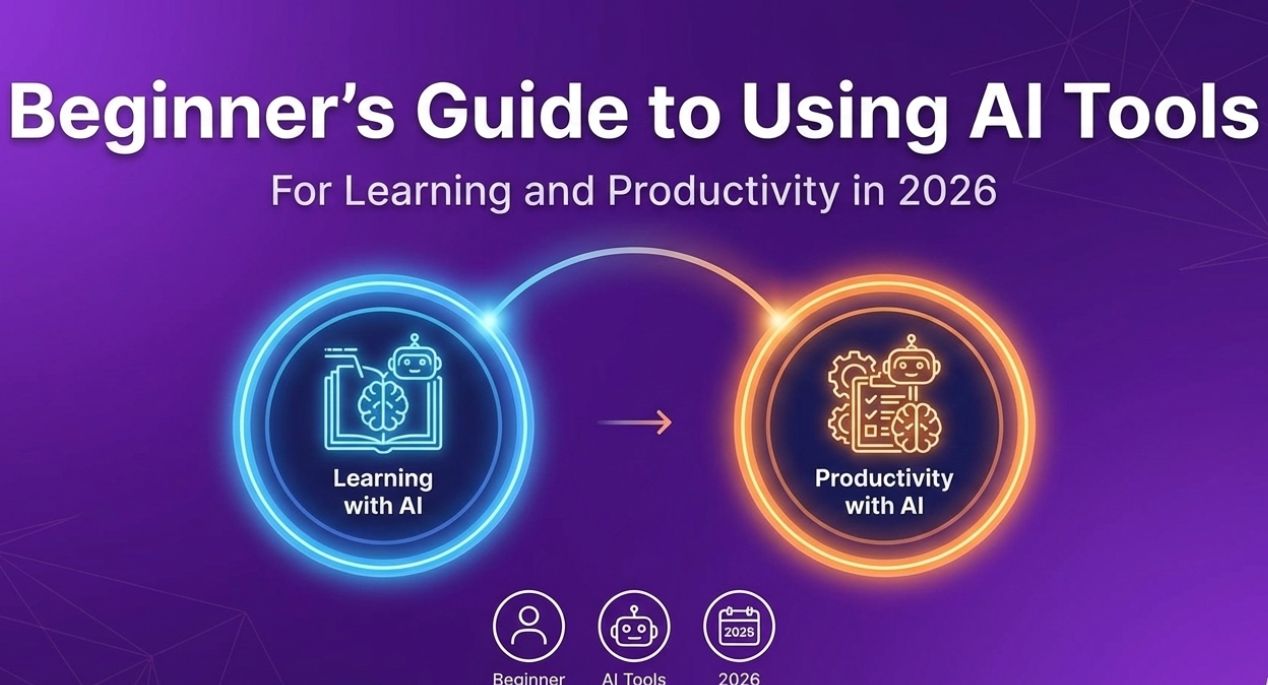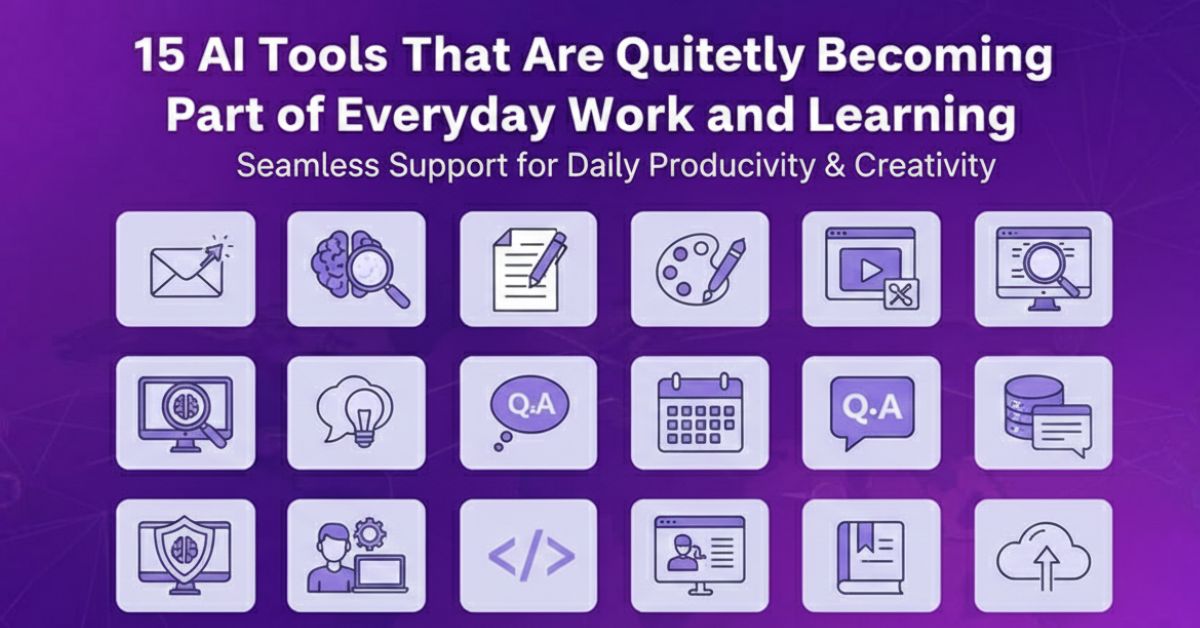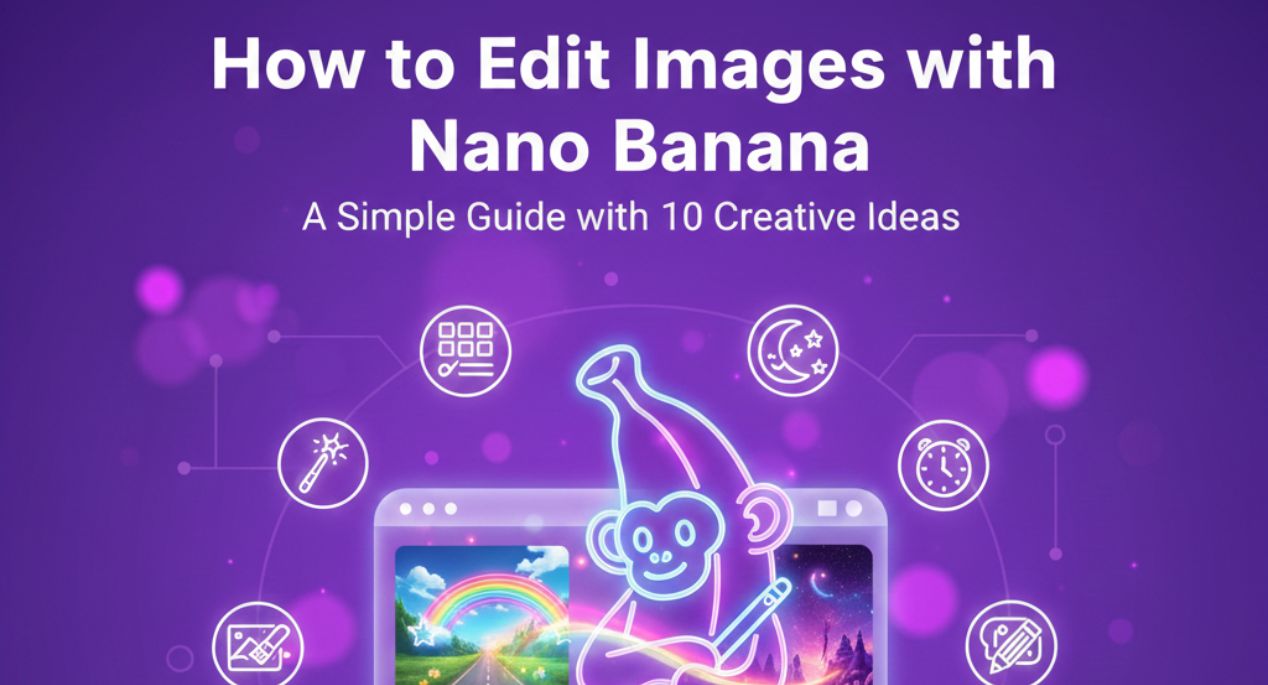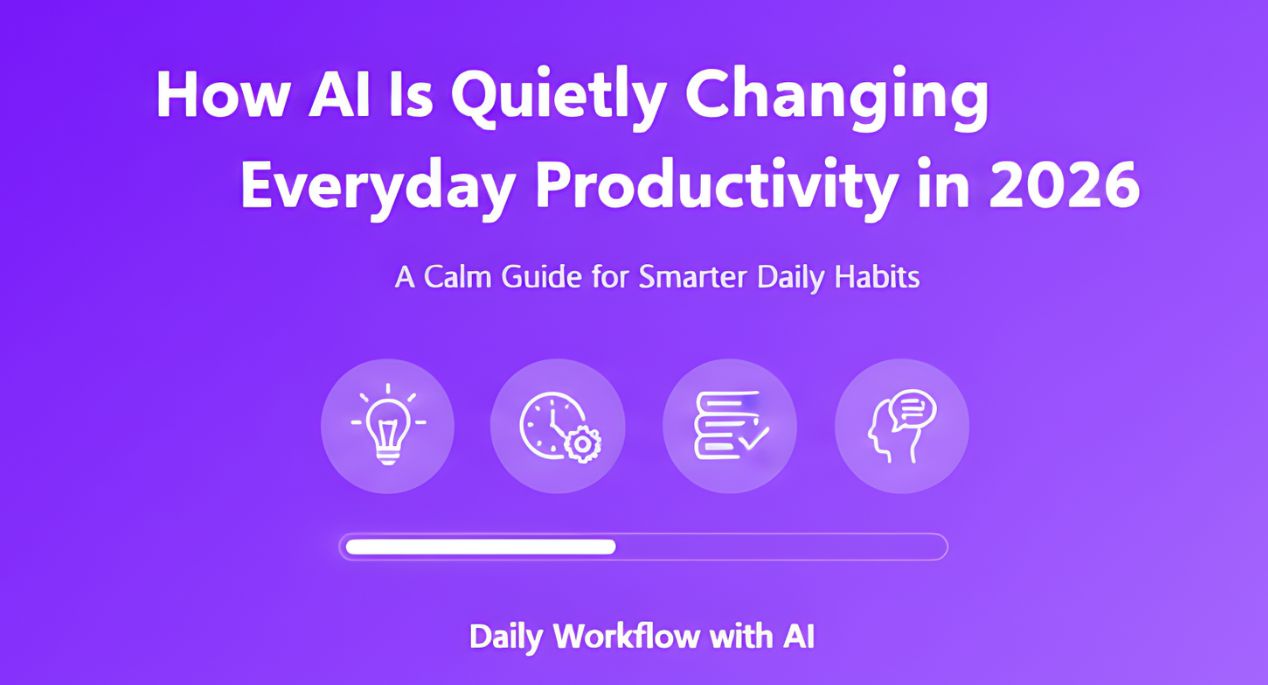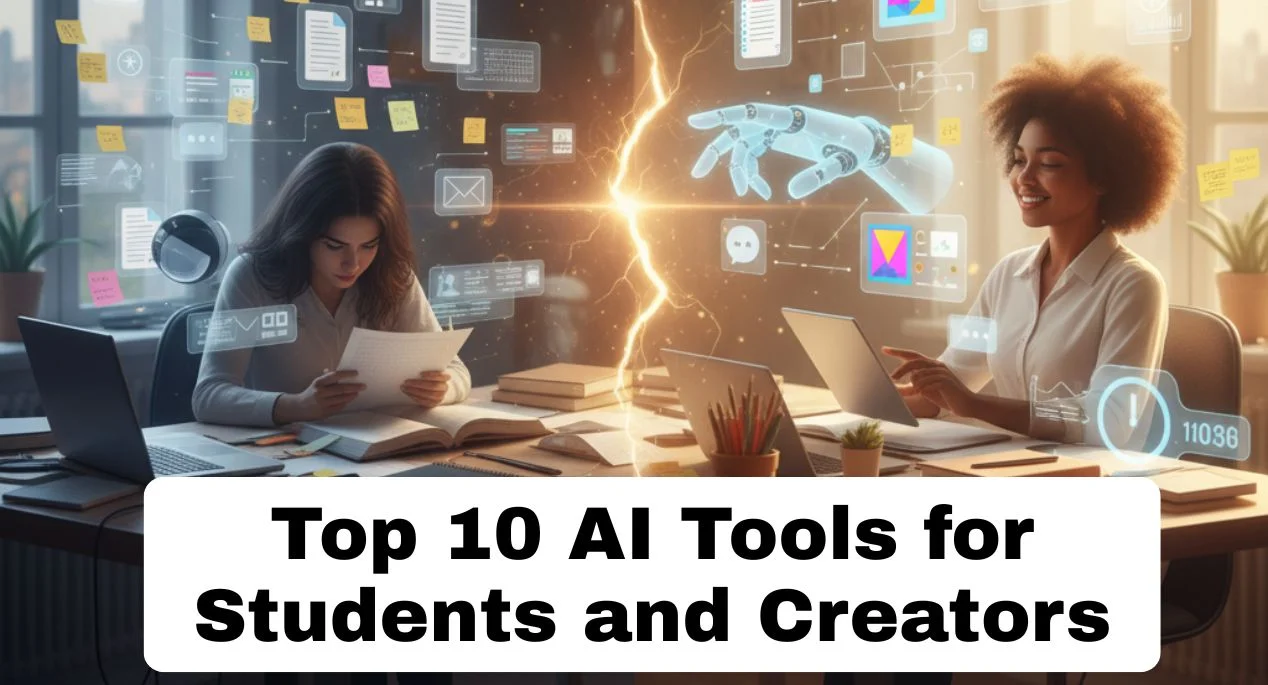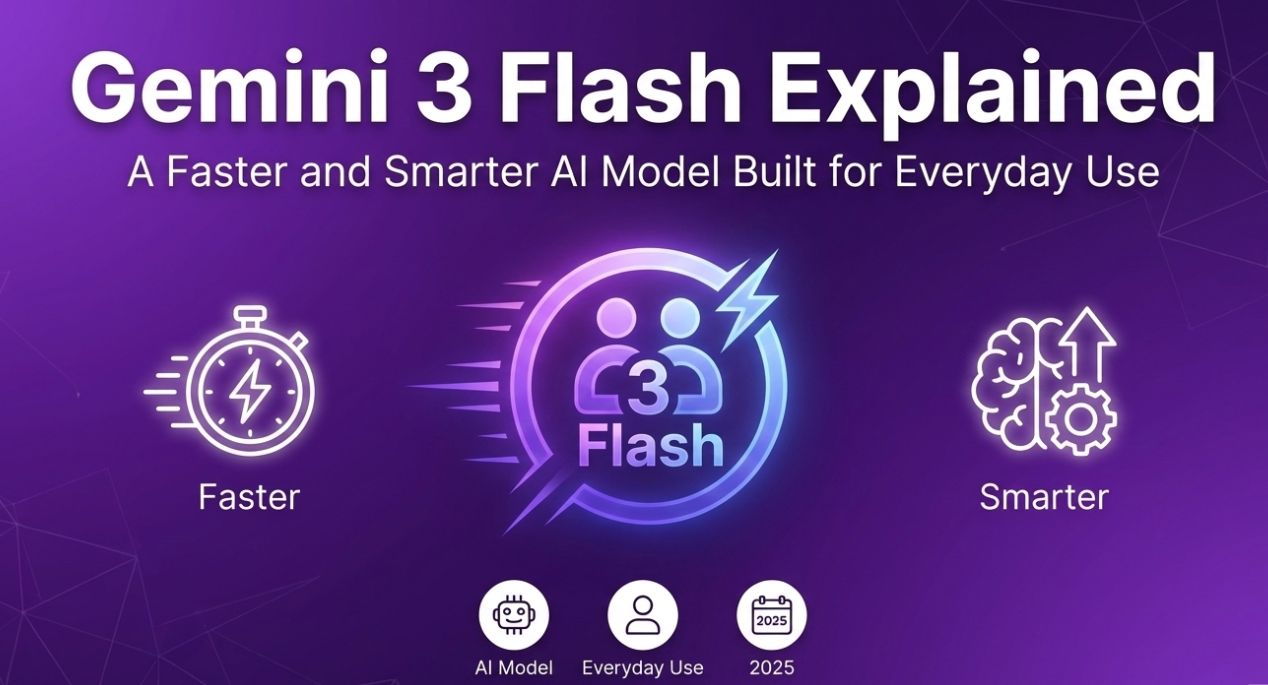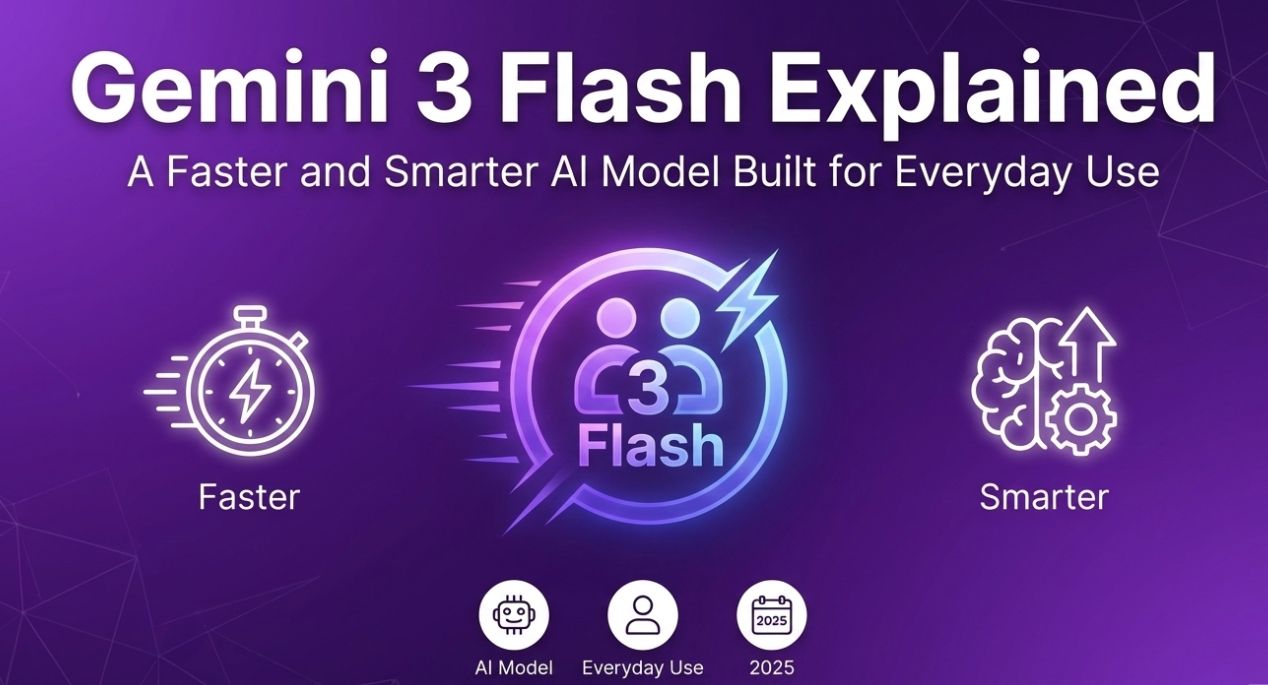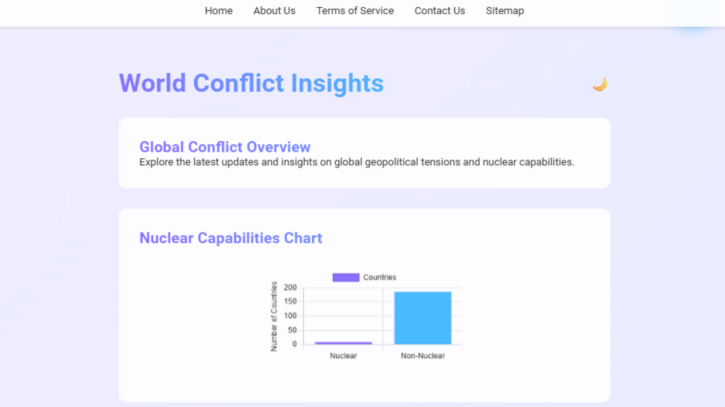
Global Conflict Analysis AI Tools: How Tech is Rewriting the Rules of War in 2025
Forget waiting for the evening news. In 2025, we don’t just react to wars—we anticipate them. Thanks to a new wave of Global Conflict Analysis AI Tools, understanding global tensions feels less like deciphering government briefings and more like tracking a live weather map. As a tech blogger knee-deep in this transformation, I’ve watched artificial intelligence evolve from automating spreadsheets to predicting geopolitical earthquakes. The most profound shift? How these tools turn chaotic global data into actionable insights for everyone—from policymakers to teachers in Nebraska.
Platforms like World Conflict Insights are leading this charge, turning satellite feeds, treaty texts, and social media storms into clear visuals and early warnings. This isn’t just about faster data; it’s about democratizing defense intelligence. Analyze knowing troop movements in real-time or simulating peace deals before diplomacy meet. That’s the reality we arere living in and it’s changing how humanity navigates conflict.
What Are the 7 Tools of Conflict Analysis?
Conflict analysis isn’t new, but 2025’s Global Conflict Analysis AI Tools have supercharged traditional methods. Think of them as high-tech lenses focusing on different facets of a crisis:
- Conflict Mapping now uses live satellite imagery and social sentiment analysis. Instead of static charts, you see shifting frontlines and refugee flows updated hourly.
- Timeline Analysis crunches decades of news archives and economic reports in seconds, spotting patterns humans might miss—like how drought cycles precede regional unrest.
- Stakeholder Analysis has evolved beyond manual dossiers. AI now scans speeches, encrypted forums, and even budget allocations to identify who gains from chaos.
- Root Cause Analysis links seemingly unrelated events—say, a crop failure in Country A triggering arms deals in Country B—by mining historical databases.
- Scenario Building generates probability-weighted outcomes. (“If sanctions tighten, there’s a 73% chance cyberattacks escalate within 14 days.”)
- Conflict Intensity Mapping layers drone footage, energy grid disruptions, and hospital data onto live heatmaps.
- Peace and Outcome Simulation models cease-fire impacts, like how aid routes affect civilian survival rates.
Gone are the days of dusty academic reports. Today’s Global Conflict Analysis AI Tools deliver these insights through interactive dashboards used by journalists and relief agencies alike.
Conflict Mapping Tools: Seeing the Whole Picture
I remember when conflict maps were blurry PDFs marked “CLASSIFIED.” Now, platforms like World Conflict Insights render conflicts in startling detail. Using AI-driven Global Conflict Analysis AI Tools, they overlay:
- Real-time troop deployments via satellite radar
- Arms shipment routes from shipping logs and port cams
- Social media sentiment spikes in disputed regions
Last month, I watched a live map flag unusual tank movements near a ceasefire zone—three days before major newspapers reported it. For researchers or even concerned citizens, this transparency is revolutionary. You can zoom into a border village and cross-reference water access disputes with militia activity. It turns abstract headlines into human stories.
Conflict Analysis Tools: Powered by the Best AI of 2025
Modern Global Conflict Analysis AI Tools don’t just describe—they predict. The best platforms combine:
| Capability | Human Analysis | AI Advantage (2025) |
|---|---|---|
| Treaty Monitoring | Manual document review | Scans 1000+ pgs/min, flags violations |
| Threat Detection | Relies on field intel | Predicts flashpoints from online rage |
| Resource Tracking | Weeks-long investigations | Live maps of supply routes |
| Crisis Simulation | Theoretical models | Tests 1000+ peace scenarios hourly |
Natural language processing decodes diplomatic doublespeak, while machine learning correlates events across decades. When a minister’s speech shows a 12% spike in aggressive rhetoric compared to their historical average? The system pings analysts. If satellite imagery shows abandoned farms near military bases? It triggers a “forced displacement risk” alert. This isn’t sci-fi—it’s how Global Conflict Analysis AI Tools like these are preventing surprises in an unstable world.
Conflict Analysis Example: Predicting Escalation Before It Begins
Let’s make this real. Say two nations exchange heated words over fishing rights. Legacy analysis might wait for official protests. But today’s Global Conflict Analysis AI Tools would immediately:
- Detect increased naval patrols via satellite AIS signals
- Flag inflammatory memes trending in both nations’ social media
- Cross-reference historical data showing similar disputes led to embargoes
- Simulate outcomes: “85% risk of vessel seizures if talks stall”
I’ve seen World Conflict Insights send such alerts to subscribers—journalists, NGOs, even shipping companies—days before state media acknowledges tension. This head start lets cargo ships reroute or mediators intervene early. One aid group told me they used these predictions to pre-position supplies before a border closure.
Importance of Conflict Analysis in Today’s World
Why does this matter now? Because misinformation spreads faster than facts, and climate stress is amplifying resource wars. Global Conflict Analysis AI Tools cut through the noise by:
- Exposing Hidden Causes: Linking a factory closure in Europe to militia funding in Africa via supply chain analysis.
- Enabling Peacebuilding: Modeling how water-sharing deals could reduce border skirmishes.
- Countering Bias: Using data to challenge oversimplified “good vs. evil” narratives.
- Empowering Civilians: A teacher in Texas uses these tools to show students the Ukraine conflict’s global wheat market impacts.
As one UN mediator told me: “We’re no longer negotiating in the dark.”
Real-Time Data and the Rise of Public Awareness
The biggest shift? Secrecy crumbling. When I started blogging, intelligence was hoarded by spy agencies. Now, Global Conflict Analysis AI Tools put live conflict maps on classroom screens. World Conflict Insights offers public dashboards tracking:
- Nuclear stockpile changes
- Ceasefire compliance rates
- Refugee camp density
This visibility sparks accountability. Last year, crowdsourced data from such tools exposed a blocked aid convoy in Sudan. Viral pressure forced access within hours. Knowledge isn’t just power—it’s protection.
What’s Next: The Future of Conflict Intelligence
The next leap for Global Conflict Analysis AI Tools is already visible:
- Space-Based Surveillance: AI analyzing satellite video feeds to spot camouflaged installations.
- Behavioral AI: Predicting leader decisions during crises using personality trait modeling.
- Holistic Peace Simulators: Digital twins of conflicts testing aid, sanctions, and talks in tandem.
Imagine inputting a peace proposal and seeing projected impacts on inflation, migration, and extremism by 2030. That’s the horizon.
Conclusion on Global Conflict Analysis Ai Tools
Covering tech these past two years, I’ve seen few innovations as impactful as Global Conflict Analysis AI Tools. They transform dread into understanding—and understanding into action. Platforms like World Conflict Insights prove that in a fractured world, clarity is our best defense.
These tools don’t just make us informed; they make us proactive. We can now question hawkish narratives with data, spot opportunities for peace, and demand accountability. That’s not just smart tech—it’s a safer future being built, one algorithm at a time
FAQs About Global Conflict Analysis 2025 Ai Tools
importance of conflict analysis ai tools
These tools help us understand what’s causing problems between groups or countries before things get worse.
They scan news and online posts to spot warning signs that people might miss. With this info, leaders can step in early to prevent violence and build peace.
Tools of Conflict Analysis
One tool looks at maps and data to understand where tensions are rising and who’s involved. Another tool gathers what people are saying—from speeches to social media—to spot warning signs and emotions. Some tools use numbers and trends to predict how things might get worse or better over time.
The Future of Conflict Artificial Intelligence
In the future, AI will be able to spot conflicts even earlier by reading emotions and behavior patterns across huge datasets. Smarter systems will help leaders understand the root causes of problems, not just the surface-level drama. These tools could be key in building lasting peace by suggesting fair solutions before things turn violent.
